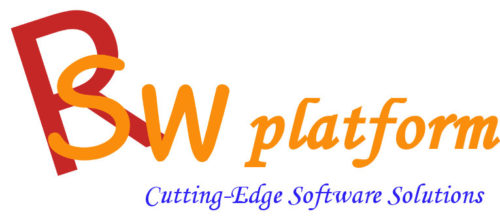Technical Features
- Landing page: this page allows you to provide the name of the project along with key information, such as project number, fieldwork information, and your team contact details. You can include your client’s logo as well as images of key product messages or other key material that might have been shown to respondents during the interview.
- Sample weighting: this is usually required if the sample is not representative of the Universe due, for example, to a boosted or to a quota sample. Weighting improves representativeness. Weights computation can be done with your favourite statistical of tabulation software or you can use the powerful and flexible RIM weighting functions provided within the package R-sw-Discriminant. Once computed, respondents weights can simply be copied and pasted onto the worksheet Weights of the simulator.
- Package definition: the simulator allows to select a number of items (messages) to define what is referred to as a ‘package’. Items within a package are used for the Reach and Appeal analyses. The user can decide to force some items to appear in all combinations.
- TURF metrics: the simulator provides Individual Reach, Appeal, marginal Reach, and total Reach.
- Size of combinations: Reach and Appeal can be assessed for combinations of 2 to 6 items.
- Cost Index: within the simulator, it is possible to specify the relative cost associated with each item. The total cost for a package will be displayed when running the Marginal Reach analysis. It is also possible to account for the total cost of the combinations when running Best Combination analysis, so that only combinations with a total cost within a pre-specified range will be displayed (to show combinations within budget).
- Depth of reach is assumed to be 1, but this can be modified with some changes to the simulator’s macros, which could be implemented by the user or by Demia upon request.
Step-by-Step guide to amend a TURF simulator
- Review the landing page (worksheet mainOutput) and add the team contact details for the project and your/your client logo;
- load the individual-level TURF data into the simulator (worksheet TURF data); each column represents a communication channel that each respondent says is exposed to or is not exposed to (e.g., journal X, podcast Y, forum Z, etc). All items respondents are exposed to are coded as 1, while items respondents are not exposed to are coded as 0. Therefore, all TURF items must be coded as 0 or as 1 .
- add, if required, the individual weights (worksheet Weights);
- add the individual segment information (e.g., region, respondent type, etc.) so that the relevant respondents can be selected via the drop down menu (worksheet Filters1);
- run the ready-to-use simulator macro to create the required checkboxes for the selection of messages (macro formatDefinitionsCheckboxes);
- review the help pages by replacing the screenshots and by adapting the explanatory notes;
- change the simulator graphics (buttons’ colors and dimensions, background color, font type and size, etc.) by entering new parameters at the worksheet ‘index’.
